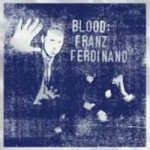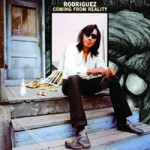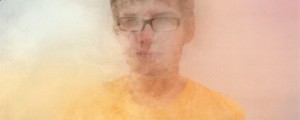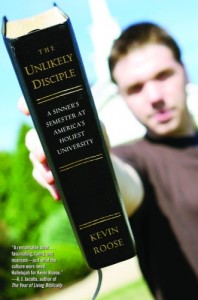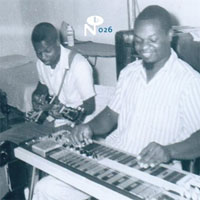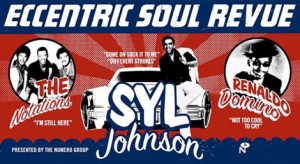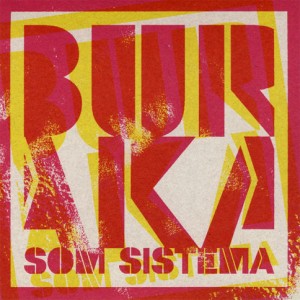Interview
Chicago Magazine
August 2009
Link

He hasn’t swung a hammer since last summer, but Joe Pug, a carpenter turned folk rocker, still gets philosophical about construction. “There are traditional ways, and there are shortcuts,” says Pug. “But the good guys learn a new way with every job. You have to do the same thing with songs.”
Reviewers have compared the 25-year-old Chicagoan to Bob Dylan for his earthy, politically conscious lyrics and rich, slightly weathered delivery. This summer he’ll play Lollapalooza (August 8th at 3 p.m.) and open for Steve Earle, events that are sure to help boost his profile. But it’s equally impressive how Pug (born Joe Pugliese) arrived at this point. He’s toured constantly and self-released music with a slightly old-fashioned twist—e-mail nationofheat@gmail.com with your street address and a promotional CD will soon arrive in the mail. He’s done it all without the support of a label. “What they’re asking for is worth a lot more than they’re offering,” he says.
It not only sounds like one of his lyrics—“The more I buy, the more I’m bought / And the more I’m bought, the less I cost” from “Hymn #101”—but also speaks to Pug’s determination. Feeling disenchanted while studying to be a playwright at the University of North Carolina, he left during his senior year and moved to Chicago. While framing and building walls, Pug decided to pick up the guitar again, a talent he hadn’t pursued since high school. A friend persuaded him to record and sneaked him into Chicago’s Rax Trax Recording studio in between other bands’ sessions. His first release, 2008’s EP Nation of Heat, grew out of ideas he developed while writing a play about two guys building an addition to a house.
Pug spends his downtime in Logan Square, and his upcoming and as-yet-untitled album, due out this fall, might include character sketches drawn from time spent in his favorite neighborhood haunts, Ta-queria Moran and the Cozy Corner Diner. It’s fitting, the Dylanesque way he writes ballads about real people he observes. “There’s a core group of people who respond to sincerity,” he says. “That’s who I write for.”
